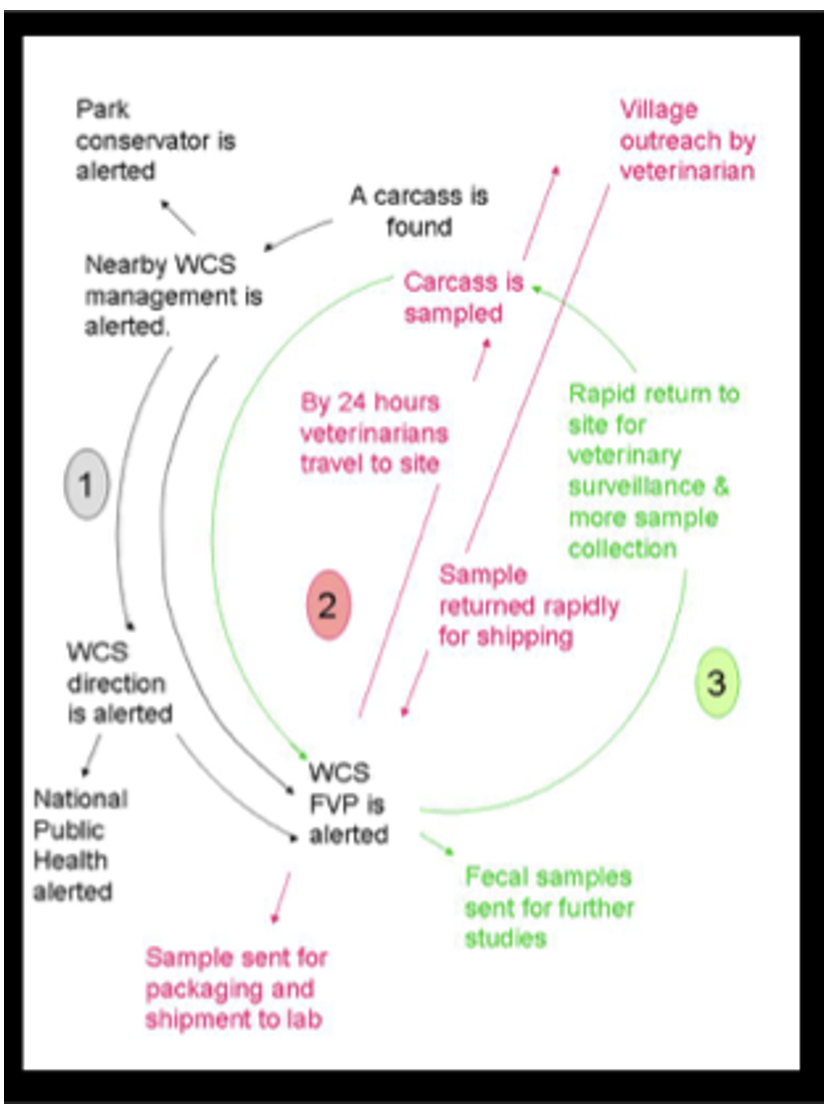Community prosperity through developing nature-based tourism
Ecotourism in Iberá wetlands
Matías Rebak
The well-being of the communities close to the parks is essential for the success of our strategy. Complete, functioning and healthy ecosystems will not only assure important environmental services like clean water, clean air and the mitigation of floods, but they also offer new opportunities to develop sustainable economies.
These areas usually have great potential, but they also face important threats. The ecosystems are usually degraded and are not considered locally as a source of opportunity or income. Also, these places on the edges of protected areas usually have populations with high level of poverty and high rates of out-migration to big cities.
We work along with these communities to create a path to a new sustainable economy, directly linked to opportunities that come from the creation of new protected areas and to the return of wildlife. We act to empower community leaders and women, strengthen the connection of the youth to their homeland and their environment, train people in new trades and build relationships based on trust and respect.
Work together with local communities and local, provincial and national governments in the development of tourism “circuits” that offer spectacular landscape as well as wildlife-viewing experiences, at gateways, or entrances, to the protected areas or parks.
Empower and build the capacity of local entrepreneurs with trainings and workshops, so that they can be the first to benefit from these new activities based on wildlife and nature. Finally, promote these destinations and experiences to a broad public to attract tourists.
Nature-based tourism has been growing globally at rates of more than 4% per year, particularly in low- and middle-income countries. Charismatic fauna, including large predators, are becoming increasingly important. In the Brazilian Pantanal, the world’s largest wetland, wildlife viewing — mostly of jaguars — generated an annual revenue millions of dollars per year; many times the revenue obtained from traditional cattle ranching in that region.
